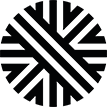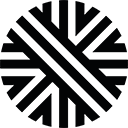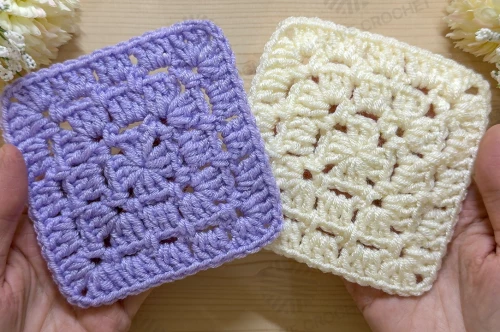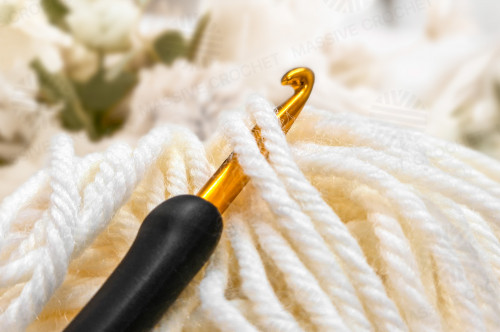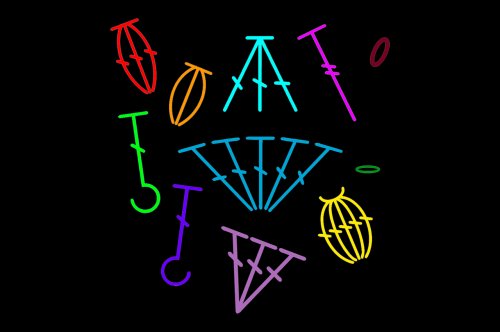How to Read a Crochet Chart. The Beginner's Guide
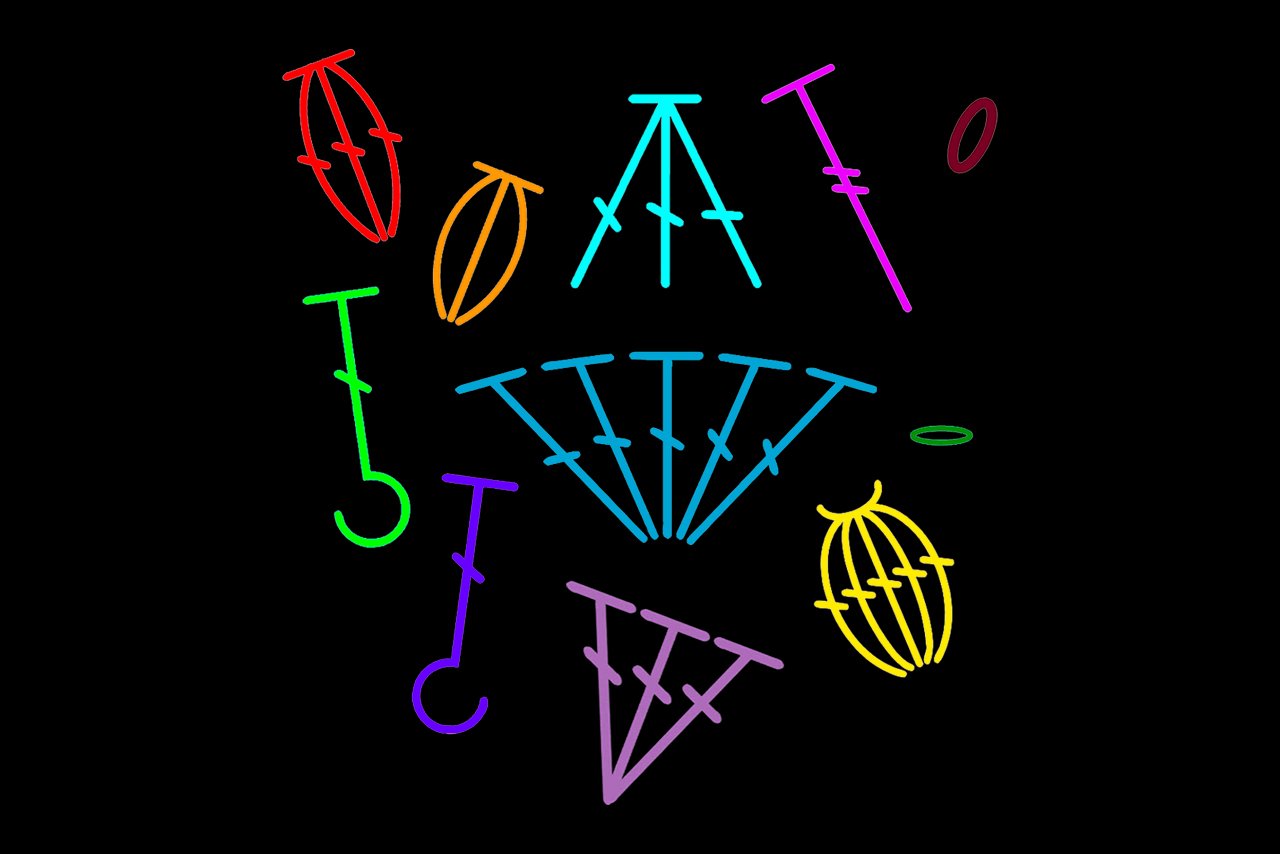
A crochet chart is a visual representation of a crochet pattern, where each stitch is shown by a symbol. Crochet charts can help you to understand the structure and design of a pattern, and can also be useful for visual learners who prefer images over text. In this article, we will explain how to read crochet charts and give you some tips and tricks to make it easier.
How to read crochet charts
To read a crochet chart, you need to know the following:
-
The legend or key: this is where you can find the meaning of each symbol used in the chart. Different charts may use slightly different symbols for the same stitch, so always check the legend before you start.
-
The starting point: this is where you begin your work. For charts worked in rows, the starting point is usually at the bottom right corner, and you read the chart from right to left for right side rows and from left to right for wrong side rows. For charts worked in rounds, the starting point is usually at the center, and you read the chart clockwise or counterclockwise depending on the pattern instructions.
-
The rows or rounds: these are indicated by numbers or letters along the edges of the chart. Sometimes, different colors are used to distinguish right side and wrong side rows or rounds (for example, black for right side and blue for wrong side).
-
The repeats: these are marked by brackets, parentheses, asterisks, or colored outlines or highlights on the chart. They show you which stitches need to be repeated across a row or round, or for a certain number of times. You should pay attention to the repeat instructions given in the pattern text as well.
-
The colors: these may have different meanings depending on the chart. For example, they may indicate different yarn colors for colorwork patterns, different stitch heights for textured patterns, or different sizes for garment patterns. You should check the legend or the pattern text for any color explanations.
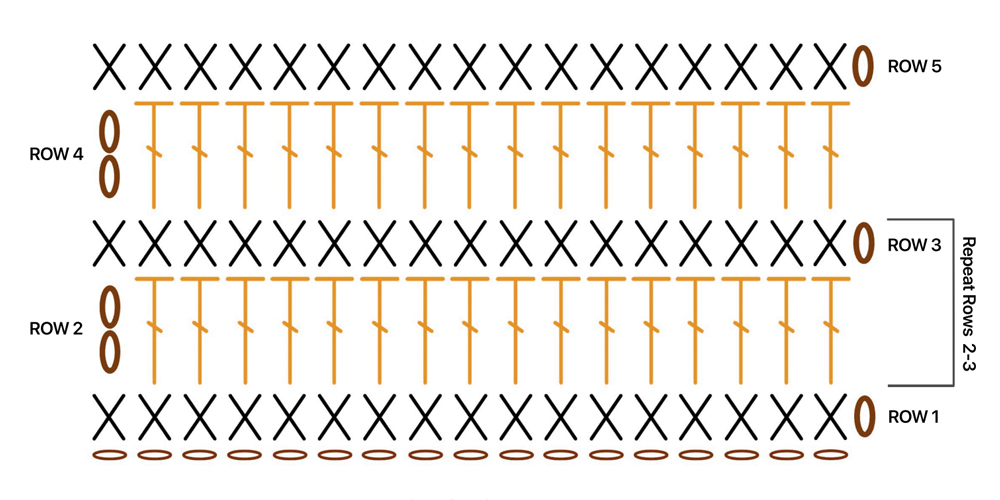
How to use crochet charts
To use crochet charts effectively, here are some tips and tricks:
-
Read the symbols out loud: this can help you remember what each symbol means and keep track of your stitches. For example, if you see a symbol that looks like an X or a +, you can say "single crochet" as you work it.
-
Check the pattern key: this can help you avoid confusion and mistakes when reading a chart. Make sure you understand what each symbol and notation means before you start crocheting.
-
Print out your charts: this can make it easier for you to see the symbols clearly and mark your progress. You can use a highlighter, a pencil, or a sticky note to mark where you are on the chart and where you need to repeat.
-
Learn the basics of crochet first: this can help you recognize and work the stitches shown on the chart. If you are new to crochet, you should learn how to make basic stitches like chain, slip stitch, single crochet, double crochet, etc., before attempting more complex patterns with charts.
-
Practice with simple charts first: this can help you get familiar with reading and following charts without getting overwhelmed. You can start with simple patterns that use only one or two stitch symbols and work your way up to more intricate patterns that use multiple symbols and colors.
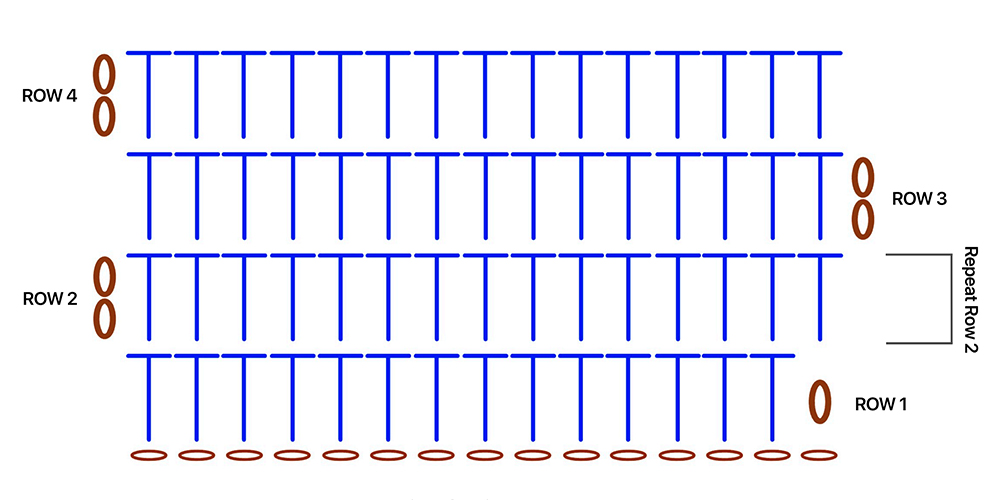
Common crochet symbols
Here are some common crochet symbols that you may encounter on charts:
-
Slip stitch (sl st): A small dot or dash
-
Chain (ch): A small oval
-
Single crochet (sc): An X or a +
-
Half double crochet (hdc): A T shape
-
Double crochet (dc): A long line with a short horizontal line across it
-
Treble crochet (tr): A long line with two short horizontal lines across it
-
Double treble crochet (dtr): A long line with three short horizontal lines across it
-
Front post double crochet (FPdc): A long line with a short horizontal line across it and a slash in front of it
-
Back post double crochet (BPdc): A long line with a short horizontal line across it and a slash behind it
-
Front post treble crochet (FPtr): A long line with two short horizontal lines across it and a slash in front of it
-
Back post treble crochet (BPtr): A long line with two short horizontal lines across it and a slash behind it

In conclusion, reading a crochet chart can be a great way to understand a crochet pattern and create a beautiful finished project. By understanding the symbols, reading from left to right (or right to left), paying attention to the numbers, looking for repeats, using a highlighter, and practicing, you'll be able to read crochet charts with ease. Happy crocheting!
